Selecting Specific Nursery Plants
Gabrielsyme
10 years ago
Related Stories
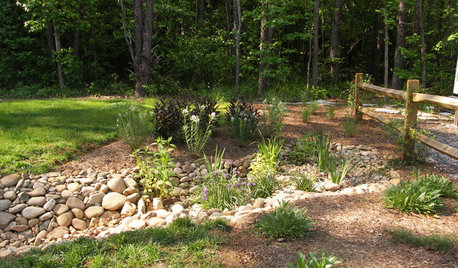
LANDSCAPE DESIGN5 Steps to Selecting the Right Plants for a Rain Garden
A simplified look at selecting plants for a rain garden
Full Story
FALL GARDENINGBe Your Own Wildflower Nursery
Gather seeds from your garden in fall, and you'll have a selection of plants for next year — without spending a dime
Full Story
FLOWERSRudbeckia Mania: Go Beyond Black-Eyed Susan in the Garden
Branch out from typical nursery fare, with lesser-known Rudbeckia species that have delightfully unexpected features
Full Story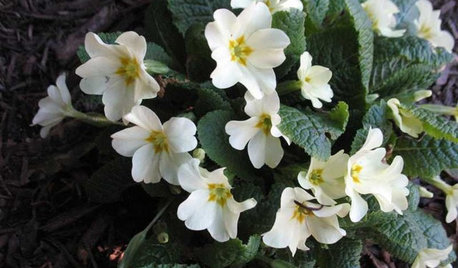
SPRING GARDENING7 Great Container Plants for Early-Spring Appeal
Good things sometimes come to those who impatiently head to the nursery for plants that can take a chill
Full Story
GARDENING GUIDESInvite Mining Bees to Your Garden by Planting Their Favorite Plants
Look for mining bees (Andrena) pollinating woodland wildflowers in U.S. gardens this spring
Full Story
GROUND COVERSNative Alternatives to English Ivy, Japanese Pachysandra and Periwinkle
These shade-loving ground covers are good for the environment and say something about where you are
Full Story
GARDENING GUIDESGreat Design Plant: Butterfly Milkweed, a Beacon in the Prairie
Vivacious orange flowers for you, nectar for the butterflies and bees. Asclepias tuberosa is worth planting for more reasons than one
Full Story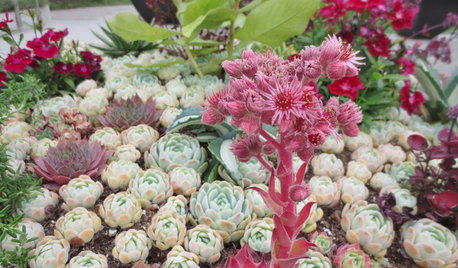
GARDENING GUIDESAlpine Plants: High Performers at Low Altitudes Too
So Heidi and the goats aren't your neighbors. Alpine plants can be lovely and low maintenance on difficult sites beyond the mountains
Full Story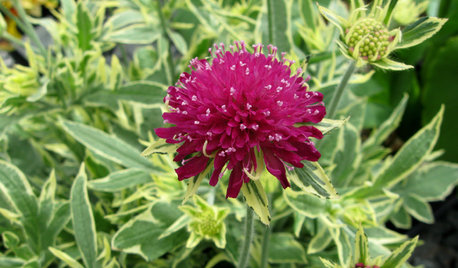
GARDENING FOR BUTTERFLIESGreat Design Plant: Thunder and Lightning for Midsummer Garden Color
Get over the mouthful of a name; focus on the dramatic foliage and gorgeous magenta flowers of Thunder and Lightning field scabious
Full Story
GARDENING GUIDESHow to Find the Right Native Plants for Your Yard
Find plant maps, sale sites and guides that make going native in the garden easier than ever
Full Story






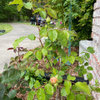

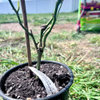
mzstitch
hoovb zone 9 sunset 23
Related Professionals
Arlington Landscape Architects & Landscape Designers · Saint Matthews Landscape Architects & Landscape Designers · Jackson Landscape Contractors · Cedar Hill Landscape Contractors · East Chicago Landscape Contractors · Fort Wayne Landscape Contractors · Longmont Landscape Contractors · New Cassel Landscape Contractors · Rochester Landscape Contractors · Saint Paul Landscape Contractors · Spring Landscape Contractors · Vancouver Landscape Contractors · Markham Landscape Contractors · Tyngsboro Landscape Contractors · Kingsburg Landscape ContractorsGabrielsymeOriginal Author
nippstress - zone 5 Nebraska
roseseek
hoovb zone 9 sunset 23
seil zone 6b MI
henryinct
roseseek